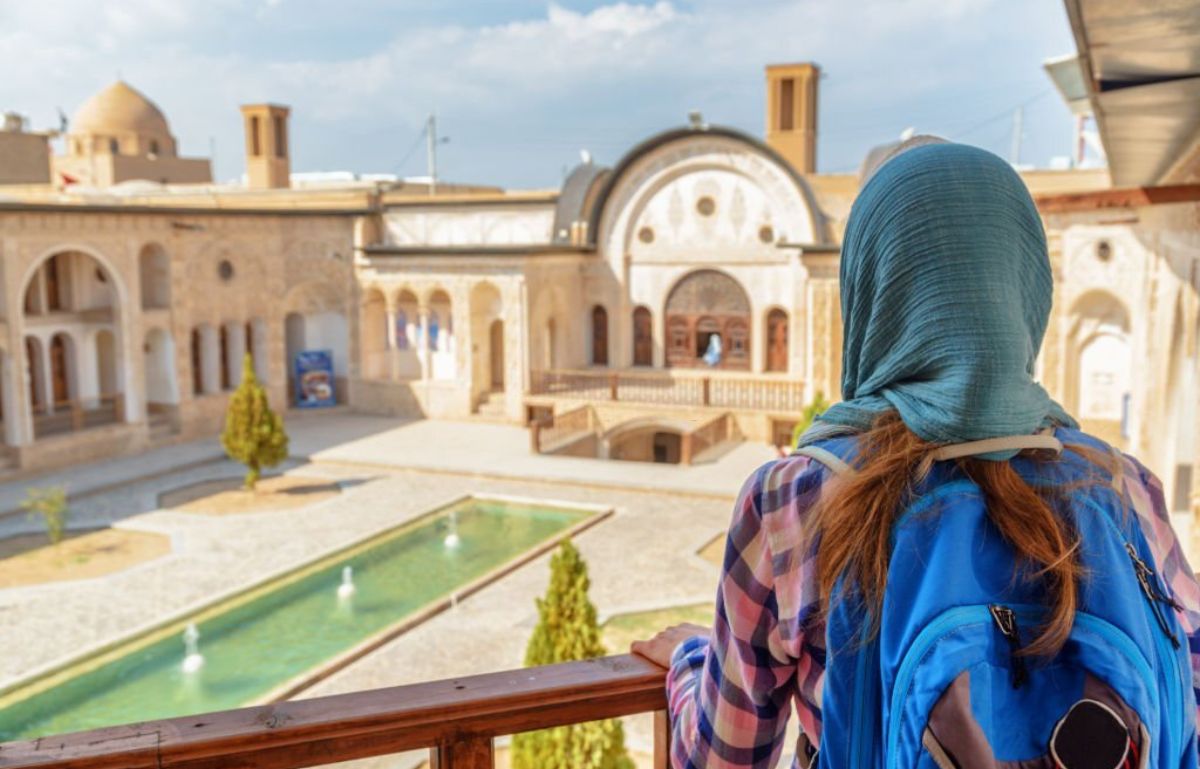In this article, we will discuss Iran’s culture and how Professional Farsi translation services enable effective communication.
Any trip is incomplete without communicating with those who reside within your route and at your destination. Communication is the key to solving your issues, getting help, not feeling lonely, and having a more enjoyable overall travel experience. Hence, agencies such as Professional Arabic translation services are becoming more apparent.
Being able to meet new people and make acquaintances is an additional benefit of communication that creates positive memories and feelings during your travels. Communication is about understanding the people’s language, culture, and traditions. Much misinformation arises from the ignorance of the different cultures.
Iran is a diverse cultural country that has a variety of subcultures. This designation is because a combination of nations resides in the country due to historical factors and geographic location. Understanding the general Iranian culture and customs will aid you in communicating and determining your schedule for your visit.
Now, we’ll go over certain aspects that make up Iranian cultural and traditional customs.
Culture & Communication
The most crucial thing to do when communicating with Iranian individuals is to become acquainted with Taarof. Taarof is a manner of behavior that allows people to say sweet things and praises in excess and refuse to accept anything you present them with at first. It doesn’t matter what it is, whether it’s tea or a special present. For someone to admit it, you need to make sure you insist.
In reality, Taarof is a way to greet and thank well-wishers. Learning Taarof isn’t easy, but becoming familiar with the concept aids in understanding the behavior of others in Iran.
Moreover, if an organization aims to offer its product to the Iranian community, Tararof is again a compulsion. Without understanding the cultural complexities and nuances in Iran, it’s very difficult to succeed as a business. However, there is one aspect that can assist companies in successful market penetration; Farsi translation services. LSPs can help firms to localize their product and services.
Iranian people are also highly respectful of their older relatives. They always greet them first. Other communication rules in Iran include respecting guests, greetings with no handshakes, or touching when you are with someone of a different gender.
It is optional to be aware of all Iranian culture and customs regarding communication, but the more you are aware, the more you know. Naturally, local people will introduce many aspects of Iranian culture on your trip to Iran.
Nowruz
Iran is rich in customs and traditions. The Iranian New Year’s celebration, known as Nowruz, is an old tradition. The new year begins in the spring, and the solar calendar marks the beginning of spring.
Nowruz consists of 13 days during which Iranians celebrate the beginning of the new year. They visit their family and friends and take the time to get together with their loved ones. People try to escape their routines and connect during the 13 days.
Nowruz’s date differs each year. Every Iranian sets up a table during Nowruz and places seven items. Each of them represents happiness and well-being, nature, and so on. By placing them on their table, Iranians wish for a prosperous year filled with happiness, joy, success, and the blessings of nature.
Sizdah Be Dar
When it comes to the close of Nowruz on the 13th day of the month, people are invited to a celebration called Sizdah be dar. Sizdah can be described as the Persian word for 13; Sizdah be dar is a way of keeping the bad luck associated with 13 from happening.
In Iranian tradition, the number 13 is associated with bad luck. Iranians visit natural areas, such as parks, forests, or mountains, to ensure bad luck is not a part of their home. Young people, especially girls, tie their hair and plan to be married the following year.
Meanwhile, older people spend their time talking and cooking. Going to Iran during this season allows you to witness these rituals and customs. Furthermore, Iran’s natural beauty and cities are breathtaking on springtime days.
Religious Customs
The majority of Iranian inhabitants are Muslims. Thus, a large portion of Iranian traditions and practices include Islamic ones. The most distinctive religious practice in Iran is the mourning ritual of Muharram. Muharram is the month in the Islamic calendar during which the battle of Karbala occurred. In action, troops of the 2nd Ummayad caliph executed Imam Hussein ibn Ali, the great-grandson of the Prophet Muhammad (SAW).
Muslims believe that Imam Hussein fought for justice and that the caliph executed him brutally, which is why they remember Imam Hussein(A.S) every year at the exact time when the Karbala battle took place. If you’re looking to experience new rituals of spirituality and plan to travel to Iran, consider the possibility of planning your trip around Muharram.
Wrapping Up
This article discussed some of Iran’s favorite traditions and customs. If you plan a trip to Iran, the information mentioned above will help you with what to expect during your stay there.
Iran’s traditions and customs have secured a distinctive abode in the cultures of the world. Hence, people are attracted to the place and want to explore more. But to overcome the language barrier and tackle the cultural shock, LSPs such as Arabic translation services can help overcome these differences.





Be First to Comment